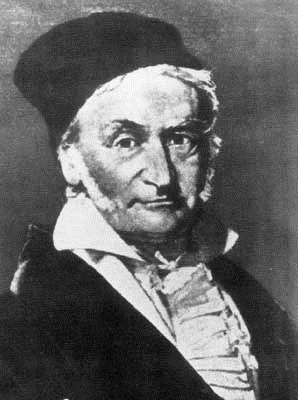 Carl F. Gauss, 1777-1855 |
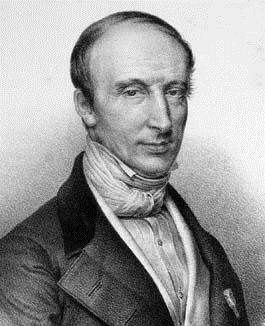 Augustin L. Cauchy, 1789-1857 |
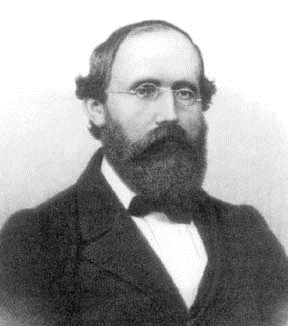 Georg F. B. Riemann, 1826-1866 |
 Carl F. Gauss, 1777-1855 |
 Augustin L. Cauchy, 1789-1857 |
 Georg F. B. Riemann, 1826-1866 |
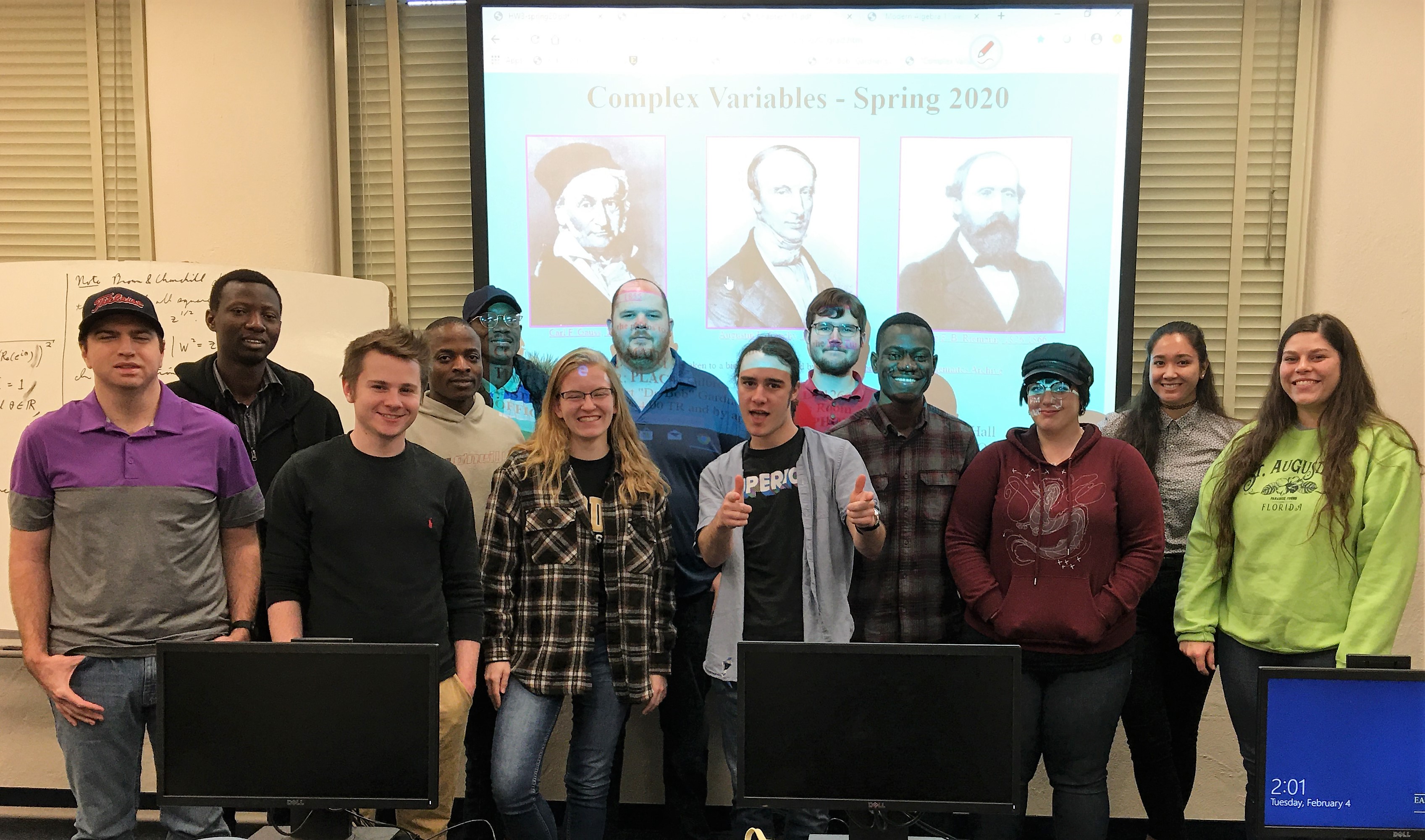
COURSE NUMBER: MATH 5337
TIME: 12:45-2:05 TR; PLACE: Gilbreath 106 CALL# 12667
INSTRUCTOR: Robert "Dr. Bob" Gardner; OFFICE: Room 308F of Gilbreath Hall
OFFICE HOURS: 3:35-4:00 TR and by appointment; PHONE: 439-6979 (Math Office 439-4349)
E-MAIL: gardnerr@etsu.edu
WEBPAGE: www.etsu.edu/math/gardner/gardner.htm.
TEXT: Complex Variables and Applications, 8th Edition, by James Ward Brown and Ruel V. Churchill (McGraw-Hill, 2009). A 9th edition of the book is now in print and that is also an acceptable text (as are other editions of the book; the class notes are based on the 8th edition, though).
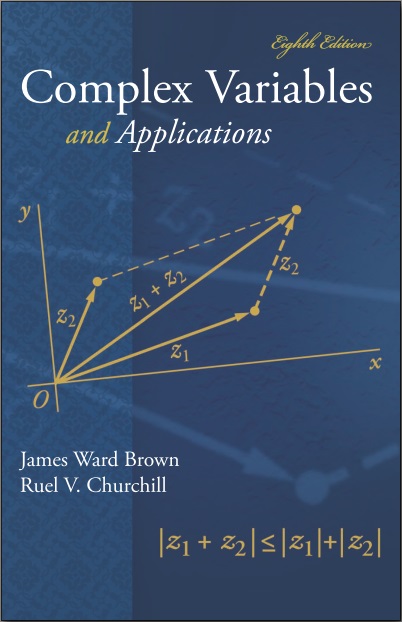

PREREQUISITE: The catalog states that Calculus 2 (MATH 1920) and Linear Algebra (MATH 2010) are the prerequisites, but some knowledge of Calculus 3 (MATH 2110) would be useful, in particular the ideas of a function of two variables and partial derivatives.
MY ABSENCE: I will have surgery in early March and will miss 2 or 3 weeks of class. In my absence, Dr. Rodney Keaton will be giving the lectures. He will follow the same format (and posted notes) as I do. I will be assigning and grading homework during this time.
DESIRE2LEARN: I will not rely on the Desire2Learn ("D2L") website. Instead, I will simply post all material directly on the internet. However, I will post your grades on D2L.
CLASS NOTES: We will use projected digital notes for the presentation of definitions, examples, and proofs of some theorems. The white board will be used for marginal notes and additional examples and explanation. Copies of the notes are online. It is strongly recommended that you get printed copies of the overheads before the material is covered in class. This will save you from writing down most notes in class and you can concentrate on listening and supplementing the notes and examples with comments which you find relevant. You should read the online notes to be covered in class before each class (we will not have class time to cover everything in the notes; they are very thorough). Try to understand the examples and the meanings of the definitions. You should also read each relevant section of the book, paying particular attention to examples.
ABOUT THE COURSE: Complex analysis is basically the study of analytic functions. As we will see, a function of a complex variable is often much better behaved than a function of a real variable! We will introduce the complex numbers as an extension of the real numbers. We explore the complex plane and give a geometric interpretation of results whenever possible. Analytic functions are defined, differentiated, and integrated. We'll extend several familiar functions (such as logarithms, exponentials, and trig functions) from the real to the complex setting. We'll prove the Fundamental Theorem of Algebra and the Maximum Modulus Theorem. If time permits, I will discuss some of my research results which are related to topics in the class. We may have the opportunity to briefly explore applications.
OUTLINE:
Our tentative outline is:
Chapter 1. Complex Numbers: Algebra, modulus, conjugates, exponential form, argument, products and quotients, roots, topology of the complex plane.
Chapter 2. Analytic Functions: Functions, mappings, limits, limits involving infinity, continuity, derivatives, Cauchy-Riemann Equations, polar cordinates, analytic functions, harmonic functions, reflection principle.
Chapter 3. Elementary Functions. Exponential function, logarithm function, branches of the logarithm, complex exponents, trigonometric functions, hyperbolic functions, inverse trig functions.
Chapter 4. Integrals. Derivatives of functions w(t), definite integrals of w(t), contour integrals, branch cuts, moduli of integrals, antiderivatives, Cauchy-Goursat Theorem, simply/mulitply connected domains, the Cauchy Integral Formula, Liouville's Theorem and the Fundamental Theorem of Algebra, Maximum Modulus Theorem, Applications of the Maximum Modulus Theorem to polynomials.
Chapter 5. Series. Convergence of sequences and series, Taylor series, Laurent series, absolute and uniform convergence, continuity/integration/differentiaion of power series.
Chapter 6. Residues and Poles. Isolated singular points, residues, Cauchy's Residue Theorem, residues at infinity, residues of poles, zeros of analytic function, poles.
GRADING: Your grade will be determined by the average on a midterm (M), an optional final (F), and homework (HW). Your average is determined by whichever of the following is best:
TESTS AND HOMEWORK: The final will not be comprehensive. Homework will be assigned and collected at roughly one week intervals. The homework problems will be almost exclusively from the text book. As members of the graduate class, you will be given extra problems that are not required of the undergraduate students in the corresponding section of undergraduate Complex Variables (MATH 4337). YOU MUST SHOW ALL DETAILS ON THE HOMEWORK PROBLEMS!!! Justify every step and claim you make - this is how you convince me that you know what you are doing. You may find some answers online, but these rarely sufficiently justify all steps and are unacceptable as homework solutions.
ACADEMIC MISCONDUCT: While I suspect that you may work with each other on the homework problems (in fact, I encourage you to), I expect that the work you turn in is your own and that you understand it. Some of the homework problems are fairly standard for this class, and you may find proofs online or in an online version of the solutions manual. The online proofs may not be done with the notation, definitions, and specific methods which we are developing and, therefore, are not acceptable for this class. If I get homework from two (or more) of you that is virtually identical, then neither of you will get any credit. If you copy homework solutions from an online source, then you will get no credit. These are examples of plagiarism and I will have to act on this as spelled out on ETSU's "Academic Integrity @ ETSU" webpage (last accessed 5/16/2018). To avoid this, do not copy homework and turn it in as your own!!! Even if you collaborate with someone, if you write the homework problems out in such a way that you understand all of the little steps and details, then it will be unique and your own work. If your homework is identical to one of your classmates, with the exception of using different symbols/variables and changing "hence" to "therefore," then we have a problem! If you copy a solution from a solution manual or from a website, then we have a problem! I will not hesitate to charge you with academic misconduct under these conditions.
SUPPLEMENTAL REFERENCES:
SYLLABUS ATTACHMENT: You can find an on-line version of the university's syllabus attachment (which contains general information concerning advisement, honor codes, dropping, etc.; last accessed 9/14/2019).
IMPORTANT DATES: (see the official ETSU calendar for more details; accessed 9/14/2019):
| |
||||
1.3. Further Properties 1.4. Vectors and Moduli |
1.3.5, 1.3.8 1.5.8 |
|||
1.6. Exponential Form 1.7. Products and Powers in Exponential Form 1.8. Arguments of Products and Quotients |
1.9.2b, 1.9.6 |
|||
1.9. Roots of Complex Numbers 1.10. Examples 1.11. Regions in the Complex Plane |
1.11.1b, 1.11.8a, 1.12.8, 1.12.9 |
|||
2.13. Mappings |
||||
2.18. Continuity |
2.20.3(a,b), 2.20.4, 2.20.6(b) BONUS: 2.20.3(a') |
|||
2.27. Uniquely Determined Analytic Functions 2.28. Reflection Principle |
2.29.1 2.29.4 |
|||
3.30. The Logarithm Function 3.31. Branches and Derivatives of Logarithms |
||||
3.36. Examples 4.42. Definite Integrals of Functions w(t) |
||||
4.46. Examples Involving Branch Cuts |
4.46.7, 4.46.11(b), 4.46.13 |
|||
4.53. Multiply Connected Domains 4.57. Some Consequences of the Extension |
4.53.2(b) 4.57.1(a), 4.57.1(e) |
|||
Effective March 23, all ETSU classes will be taught online-only due to the Covid-19 coronavirus situation. The remaining test will be given through D2L. Notes will remain online as usual, but videos will be posted of me presenting the notes. Class will continued to "meet" through Zoom at the usual time and we will make the best of it. You should make sure that you have signed into Zoom (using the same username and password you use for your e-mail); you will receive e-mail invitations to the "meetings" that will replace regular class meetings. You can access Zoom through D2L; we are likely to rely on D2L much more than originally planned. Details will follow as things evolve.
Links to videos of the lectures on the sections (and links to class notes and supplements) are given here:
Links to videos of "in-class" lectures are given here:
| |
2.27. Uniquely Determined Analytic Functions 2.28. Reflection Principle |
|
| |
3.30. The Logarithm Function 3.31. Branches and Derivatives of Logarithms |
|
| |
3.33. Complex Exponents 3.34. Trigonometric Functions |
Internet Failure During Class, no class video |
| |
4.38. Definite Integrals of Functions w(t) |
|
| |
4.40. Contour Integrals 4.41. Some Examples |
Video of April 7 Class (1:14:40) [Inactive Link] |
| |
4.43. Upper Bounds for Moduli of Contour Integrals |
|
| |
4.46. Cauchy-Goursat Theorem |
Video of April 14 Class (1:12:43) [Inactive Link] |
| |
4.49. Multiply Connected Domains 4.50. Cauchy Integral Formula |
|
| |
4.51. An Extension of the Cauchy Integral Formula 4.52. Some Consequences of the Extension |
Video of April 21 Class (1:15:14) [Inactive Link] |
| |
|
|
| |
|
Video of April 28 Class [Inactive Link] |
| |
|
|
Return to Dr. Bob's webpage
Last updated: May 29, 2020.